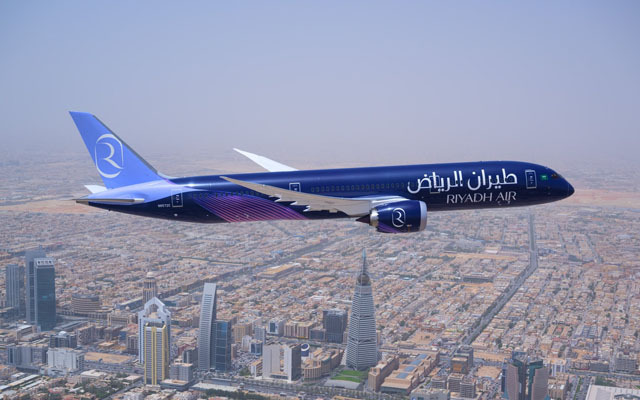Saudi Arabia aspires for greener global aviation, using its new airline and international airport as examples, as the country seeks to establish itself as a tourism leader since opening up to international tourism in 2019.
Tourism is a central component to the country’s Vision 2030, an ambitious plan to create a modern, diversified economy. By 2030, the country plans to welcome 100 million visitors and derive 10 per cent of it GDP from tourism.

Founded in March 2023, Riyadh Air is the country’s second flag carrier and is based in the capital that gives it its name. It will operate its first flights in 2025 and aims to eventually fly to more than 100 destinations.
Peter Bellew, the airline’s chief operations officer, told attendees at World Tourism Day in Riyadh in September that the airline can offer lessons for its competitors as it is building environmental considerations from the ground up, rather than adapting existing operations.
“We have no legacy systems or processes (to restrict us),” he explained, noting that the airline is employing the most carbon-efficient aircraft, IT systems to check carbon use across operations, hydrogen power, schemes to reduce, reuse and recycle, as well as AI to analyse data on how to be greener.
Riyadh Air’s base will be King Salman International Airport, which also promises to deliver environmentally-friendly operations when its first phase opens in 2027. Spanning 57km2, it will accommodate six runways, including the existing ones that make up King Khalid International Airport, which welcomes 29 million visitors annually.
The new airport is expected to achieve LEED Platinum certification, the highest level in Leadership in Energy & Environmental Design, thanks to its incorporation of cutting-edge green initiatives and reliance on renewable energy.
By 2030, an estimated 120 million travellers per year will use the airport, according to the country’s Public Investment Fund.




















